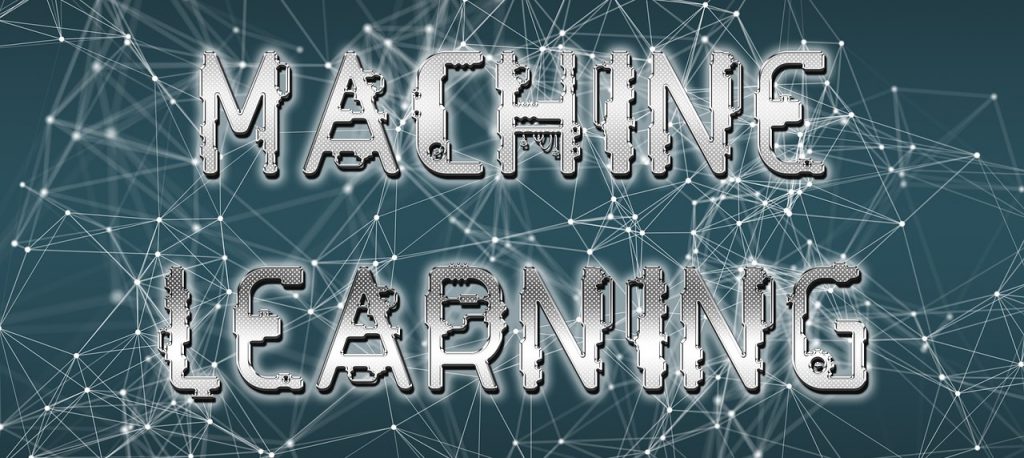The past year has brought significant milestones in Artificial Intelligence development, from many improvements in reinforcement learning to the incredible neural networks.

The world’s leading tech giants, from China to the US, entered the race for pioneering position in AI innovation and mass adoption. Except for bringing their own products and services to a much higher level, they also contribute to clearing the path for AI use in practice.
Along the way, we have witnessed some amazing breakthroughs that marked 2019. Let’s take a look at the most significant AI achievements over the past year.
With DeepMind, Google entered the game elements into memory by changing the way reinforcement learning operates. Gamification refers to the request for artificial intelligence agents to use Temporal Value Transport (TVT) for transmitting the lessons from the future, with the purpose of making better decisions in the present.
The Swiss team came up with a new reinforcement learning method in the form of supervised learning. Named the Upside-Down Method, it is uncommon for usual practice since it uses the reward as an input. It allows robots to perform complicated tasks by imitating them in front of the device. Such methods can reduce the time required for training, as well as the interval for any AI work process.
In 2019, a tech giant Samsung presented Deepfake — a revolutionary system that can produce a real video by using only one face image with high accuracy to the natural appearance as input. The company used a generative adversarial network (GAN) for making a Deepfake video.

OpenAI’s robotic arm named Dactyl has managed to overcome the Rubicon Cube puzzle in the real world. Still, Dactyl was a highly trained machine in a simulated environment, and the company used automatic domain randomization to improve its capabilities. But the question remains — Would the robot be able to fulfill this task if it hadn’t been trained?
At the beginning of the year, the company released a system that can write a synthetic text according to a couple of generic sentences, called Generative Pre-Training (GPT). Later in November, the final version of the GPT-2 was released. AI-based, this model generates over 8 million sources from the Internet and writes synthetic content by using generated data.
The time has finally come for many firms to get more familiar with the whole concept of the black box. Some companies have already started providing services that will guide firms through the next steps. They will first highlight the main factors that result from Machine Learning models and then lead through other aspects of this complex methodology.

In the past year, we have witnessed inspirational breakthroughs, like amazing neural networks. Scientists from Scotland have used neural networks to predict the future position of objects. So, they got in the way of solving one of the most significant scientific puzzles — a Tree-Body Problem.
Perhaps AI can get its practical use in precise positioning of the body in the future, which is of great importance for many further studies.
We are almost certain that, in the next ten years, AI could change the economy with a contribution of nearly 16 trillion dollars. One thing that we, as business carriers, don’t know is how to deploy AI in the real world. Technology is visibly moving forward, but it still takes a lot of time, education and understanding to make AI a part of our daily lives.
Copyright 2025 | Theme By WPHobby. Proudly powered by WordPress